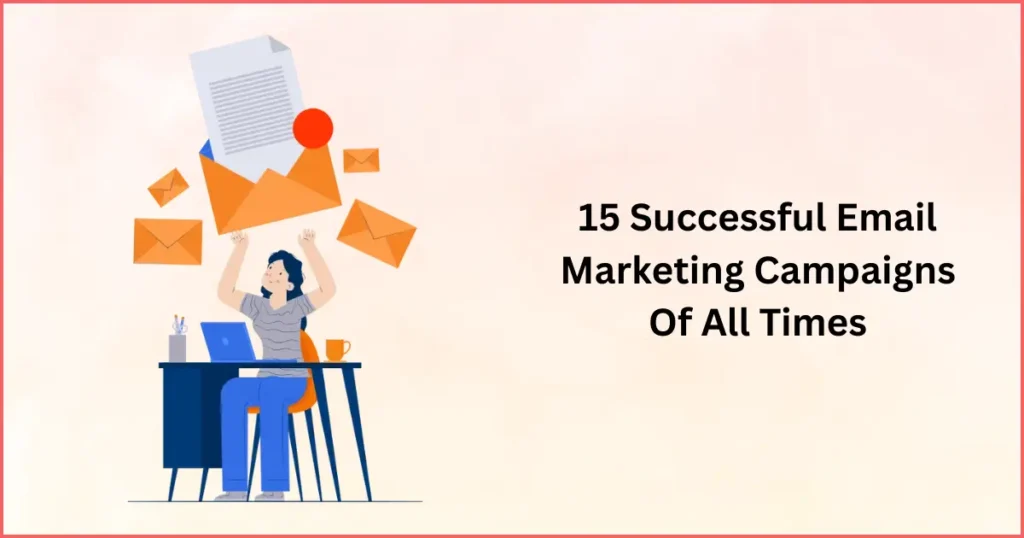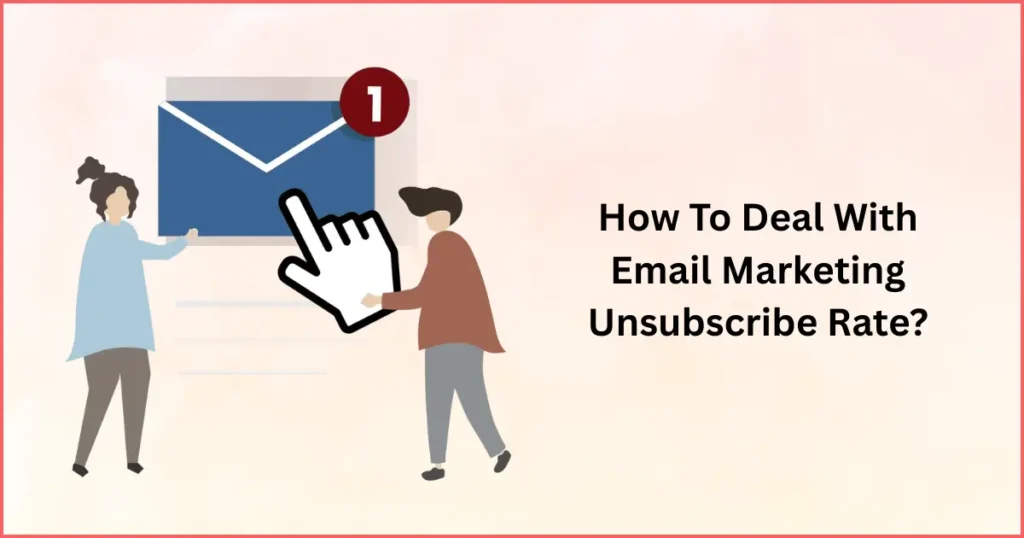We are living in an era of personalization. We have excess of data at our fingertips, but we don’t always make the most of the opportunity it provides. Many businesses have been strangely slow to take up personalization. In fact, it has been reported that only 5% of companies personalize broadly. That is a shockingly low figure. So, why are we failing to use personalization in our marketing tactics? It certainly isn’t because of ignorance of the benefits. Marketers seem to be aware of the value, as 94% of companies say that personalization is crucial to current and future success. Instead, it appears that we don’t know how to personalize. With 60% of marketers admitting that they try to personalize content in real time, it’s clear that there is a little confusion about how to implement it. When it comes to personalizing your email marketing, you don’t have to try. There are relatively easy, yet sophisticated, ways to use personalization in your emails that go beyond just using a name. Our email marketing services, Emailidea, has always supported new and innovative ways of email personalization. 6 Of The Best Email Personalization Techniques That Go Beyond Greeting To Addressing Here are 6 ready-to-implement ways to use personalization that will propel your email marketing. 1. Ask The Right Questions A straightforward, effective way to segment your target audience for personalization is to simply ask the right questions. Asking customers their reasons for visiting your website, Becoming a user, or subscribing to your email can be remarkably simple, but invaluable. It can give you insightful data that can lead to you sending targeted emails. Let’s take a look at this in action. Paper Style, a wedding specialist website, was experiencing a lackluster reaction to their emails. In an attempt to jumpstart their email marketing, they decided to include personalization into their campaigns. They recognized that not everyone was joining their website for the same reason, yet they were all receiving the same email. To conflict this, they developed a strategy that would make their emails more personalized. They only asked customers “What are you planning for?” There were 2 possible answers: your wedding or a friend or relative’s wedding. Based on the answer, customers were assigned to one of two separate timelines and sent five different emails that were targeted to their group. The reaction to these new, targeted emails was surprising. Paper Style’s open rate increased by 245% and their click-through rate increased by 162%. It was a short, simple question, but it made the emails much more personalized, and apparently worked for the business. 2. Build Consumer Personas As we’ve seen with the Paper Style example, segmenting your consumers’ works. But it can be taken even further using consumer personas. Consumer personas are built by using a multitude of data. Instead of asking single questions, like Paper Style, you can group customers together using a mix of attributes and actions they take. One case study that proves the value of consumer personas is from the B2B sales and marketing firm NetProspex. They wanted to better understand their visitors and develop a more personalized experience for consumers. Using website behaviour and download history, they grouped each consumer into one of three persons. Using this data, each persona was sent by a more personalized group of emails. For example, if a lead’s activity identified them as a “Christina” (see picture above), the firm knew the lead was more interested in Demand Generation. Based on this, nurturing the emails, the lead would get emails all about Demand Generation and free resources, more targeted to their requirements. After implementing consumer persona-based marketing, NetProspex saw a 111% increase in email open rates. It was a clever personalized strategy that gave consumers a highly targeted experience. 3. Make Use Of Location And Time It’s no secret that certain times of day prove to be more helpful than others when it comes to sending emails. Your consumers might love getting an email at 8:00 a.m. or they might respond greater to getting one at 5:00 p.m. Either way, we are sure you have A/B tested this and found the best time to send your emails. However, it’s likely that not all your consumers are in one location or respond to emails at the same time. They may be all around the world, scattered across several time zones, and possibly receiving your emails at non-optimal times. To fix this, why not use your consumers’ data to send your emails at the best times? That is exactly what BustedTees decided to do. Like so many other businesses, they made the same mistake of sending out one email to all their subscribers at the same time regardless of location. This email was sent in LA, California, time and was suited for an American audience. The brand recognized that this wasn’t working. As their marketing director explains, they were “undeserving our international consumers.” They began segmenting their subscribers into several time zones, with the aim of sending emails to be received at a reasonable time for all subscribers. Emails were mailed to arrive in inboxes at 10:00 a.m. for every time zone. Results for this test were underwhelming, as BustedTees experienced only a small bump in open rates, so the business decided to examine further personalization. Working with marketing and sales, they set out to send an email at a personalized time to have the maximum impact. They also worked to create the content more relevant to subscribers. Using consumer data, they analysed subscribers’ past open histories and sent an email at the most optimum time to be opened for that subscriber. Their extensive tests on timing showed to be a winning formula for BustedTees. The reaction from consumers was significant, as the company experienced an 11% higher click-through rate. Sales also were positively affected, resulting in an 8% uplift in email revenue overnight, proving timing is vitally necessary for emails. 4. Set Up Automated Behavioural Trigger Emails Behaviour-triggered emails are real-time









